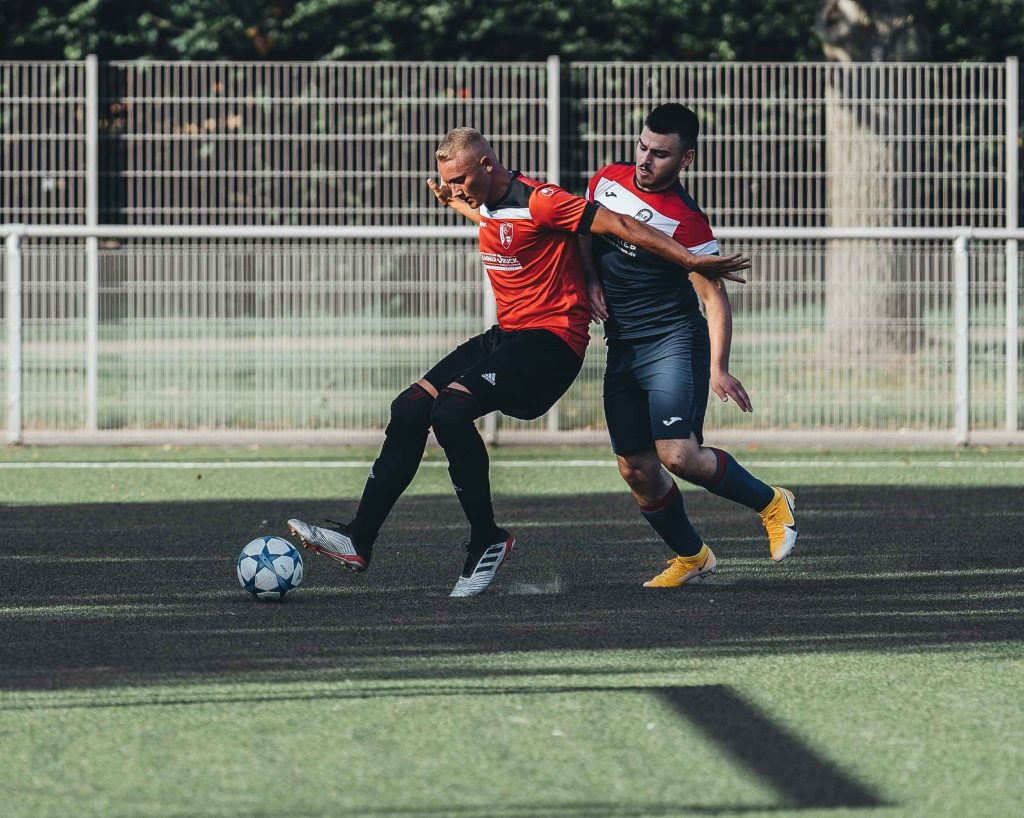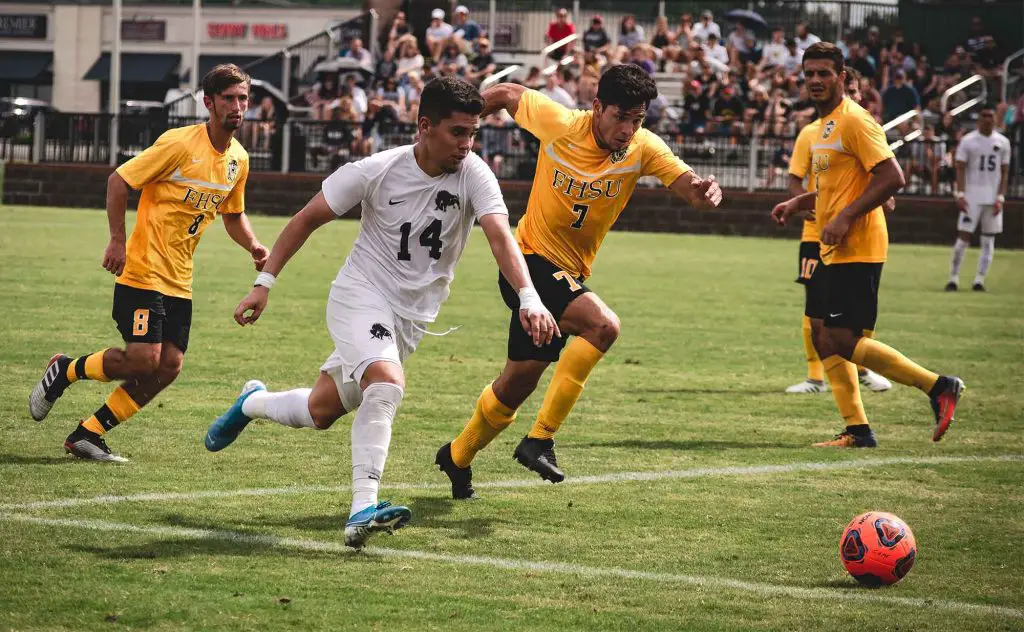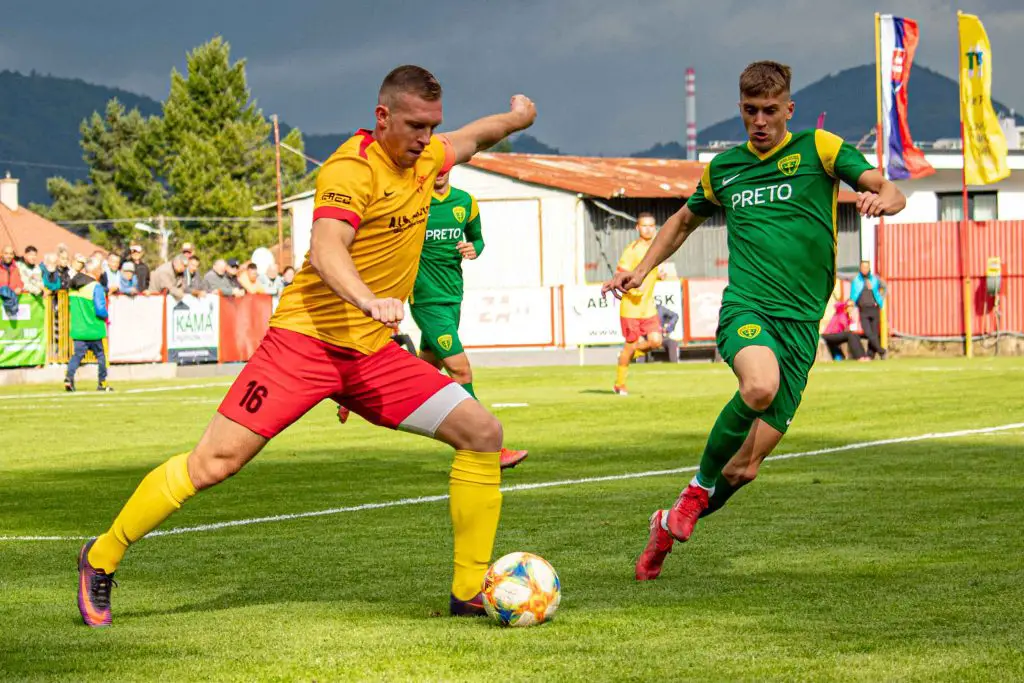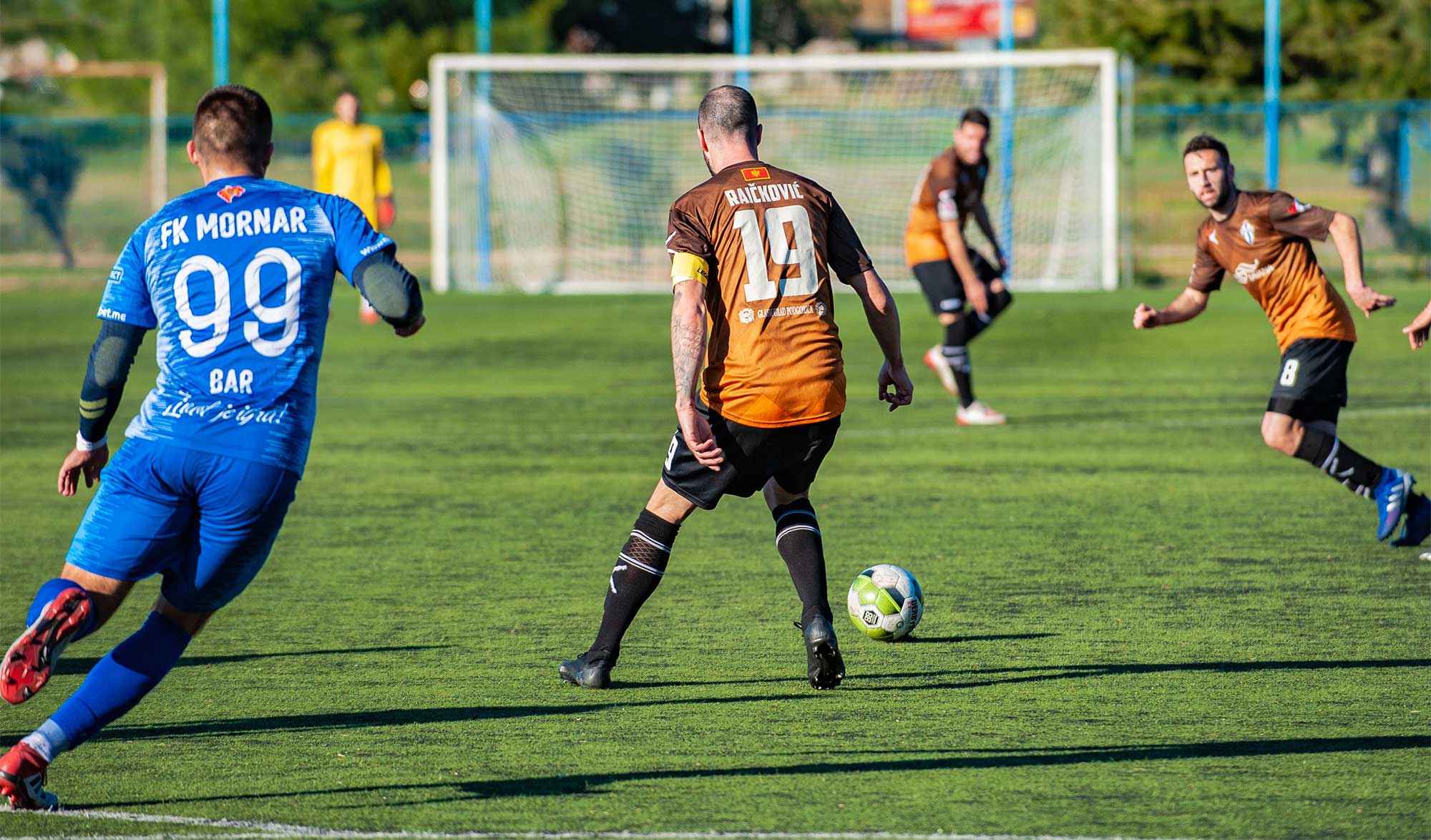Want to learn the drills that can help you improve your defensive positioning? Well, you’re in luck because in this article, we’re going to break down some of the most effective drills that can take your defensive game to the next level. Whether you’re a beginner or a seasoned player looking to sharpen your skills, these drills will help you enhance your positioning on the field and become a force to be reckoned with. Get ready to step up your defensive game and dominate the opposition!
1. Footwork Drills
1.1 Ladder Drills
ladder drills are an excellent way to improve your footwork and agility, which are crucial for effective defensive positioning. These drills involve running through a ladder laid out on the ground, focusing on quick and precise foot movements. By practicing ladder drills regularly, you will enhance your ability to move quickly and efficiently on the field, allowing you to maintain tight defensive positioning and react swiftly to opponents’ movements.
1.2 Cone Drills
Cone drills are another valuable tool for improving defensive positioning. Set up a series of cones in different formations and practice moving quickly and smoothly around them. This will enhance your ability to change direction rapidly, which is essential for maintaining defensive positioning and keeping up with agile attackers. Cone drills also help improve your spatial awareness and ensure that you maintain the appropriate distance from your opponent.
1.3 Speed Ladder Shuffle
The speed ladder shuffle drill is specifically designed to enhance lateral movement, which is crucial for defensive positioning. Set up a speed ladder on the ground and shuffle your feet in and out of the ladder’s rungs as quickly as possible. This drill will improve your footwork and ability to slide laterally, allowing you to maintain an optimal defensive position and effectively track the movements of your opponents.
2. Reaction Time Drills
2.1 Mirror Drills
Mirror drills are an excellent way to improve your reaction time and defensive positioning. In this drill, you will partner up with another player and mimic each other’s movements. One player takes the lead, while the other follows, trying to mirror their every step. This drill helps you anticipate and react to your opponent’s movements, enabling you to maintain the appropriate defensive position and successfully neutralize their attacks.
2.2 Ball Drop Drill
The ball drop drill is a simple yet effective way to enhance your reaction time and defensive positioning. Stand with your back turned while a teammate or coach drops a ball behind you. As soon as you hear the ball drop, quickly turn around, locate the ball, and react by getting into a defensive position. This drill simulates game scenarios where you need to react quickly to sudden changes and maintain optimal positioning to defend against incoming attacks.
2.3 Reaction Ball Drill
The reaction ball drill is an excellent exercise for improving your reaction time and defensive positioning. This drill involves throwing or bouncing a small, unpredictable ball against a wall and reacting quickly to catch it or redirect its path. By practicing this drill regularly, you will enhance your ability to anticipate and react to unexpected movements, allowing you to maintain a solid defensive position and effectively respond to any attacking threats.

3. Communication Drills
3.1 Partner Defense Drill
Effective communication is vital for maintaining cohesive defensive positioning as a team. The partner defense drill focuses on developing communication skills between two defenders. One defender takes the role of the attacker, while the other communicates and directs their partner’s movements. By practicing this drill, you will learn how to effectively communicate your positioning and coordinate defensive movements, ensuring that you and your partner maintain optimal defensive positions throughout the game.
3.2 2v2 Rotating Defense
The 2v2 rotating defense drill is a valuable exercise for improving defensive positioning and communication within a small group. Divide players into two teams of two and set up a small playing area. The teams take turns attacking and defending, constantly rotating positions. This drill encourages constant communication between teammates, ensuring that the defenders maintain proper positioning and seamlessly transition to cover each other. It also helps develop a strong understanding of defensive roles and responsibilities.
3.3 Defensive Positioning with Verbal Cues
Defensive positioning with verbal cues is a drill that focuses on improving communication and positioning between the entire defensive unit. Assign specific verbal cues or phrases to indicate different defensive positions and movements. For example, a call of “shift left” would prompt the defenders to adjust their positions accordingly. This drill helps develop a shared language and understanding among defenders, enabling them to maintain a cohesive and organized defensive line throughout the game.
4. Position-Specific Drills
4.1 Center Back Sliding Drill
If you play as a center back, the center back sliding drill is an essential exercise for improving your defensive positioning. This drill involves practicing the technique of sliding quickly and smoothly to cover opposition attackers. Set up cones or markers to simulate attackers’ positions, and practice sliding across to block their path while maintaining your defensive position. This drill helps you develop the necessary skills to react to attacking threats effectively and maintain solid defensive positioning as a center back.
4.2 Fullback Forward Transition Drill
Indeed, fullbacks play a crucial role in defensive positioning and transitioning between defense and attack. The fullback forward transition drill focuses on improving a fullback’s ability to quickly shift from a defensive to an offensive mindset while maintaining proper defensive positioning. This drill involves practicing receiving the ball under pressure and quickly making forward runs while ensuring that defensive positioning remains intact. By mastering this drill, fullbacks can effectively contribute to both offensive and defensive phases of the game.
4.3 Wingback Overlapping Drill
Wingbacks often play a dual role in defense and attack. The wingback overlapping drill is designed to improve their defensive positioning, especially when making overlapping runs to support the attack. This drill involves practicing the timing and execution of overlapping runs while maintaining awareness of defensive positioning. By regularly working on this drill, wingbacks can improve their ability to make well-timed, effective overlapping runs without compromising their defensive responsibilities.
5. Team Defensive Drills

5.1 Pressing and Shifting Drill
The pressing and shifting drill is a team-oriented exercise that aims to improve collective defensive positioning and coordination. This drill involves simulating game situations where the entire team needs to collectively press and shift positions to maintain defensive shape. It encourages communication and quick decision-making, ensuring that all players are in the correct defensive positions to neutralize attacking threats effectively.
5.2 Zonal Coverage Drill
Zonal coverage is a common defensive strategy used by many teams. The zonal coverage drill focuses on improving players’ understanding of their defensive zones and their ability to maintain proper positioning within those zones. Set up cones or markers to represent different zones, and practice shifting and adjusting positions as the ball moves within the playing area. This drill helps players develop a strong sense of defensive positioning within their assigned zones, enhancing overall team defensive effectiveness.
5.3 Attacking Midfielder Press Drill
The attacking midfielder press drill is designed to improve the defensive positioning and pressing abilities of midfielders. In this drill, an attacking midfielder applies pressure to a defender while the rest of the team adapts their positions to maintain solid defensive shape. The focus is on coordinated pressing and the ability to quickly transition to a defensive position if the press is bypassed. This drill helps midfielders understand their defensive responsibilities and execute effective pressing techniques while maintaining proper positioning.
6. Recovery Drills
6.1 Shadow Marking Drill
The shadow marking drill is an excellent exercise for improving your recovery skills and defensive positioning. In this drill, you partner up with a teammate and mark them closely, mimicking their movements throughout the game. The objective is to improve your ability to quickly recover after an attacker beats you, ensuring that you stay in close proximity and maintain defensive positioning. Practicing this drill regularly will increase your recovery speed and help you regain control of the situation.
6.2 Defending Counterattacks Drill
Counterattacks are a common threat that requires defenders to quickly recover and adjust their defensive positioning. The defending counterattacks drill focuses on improving your ability to react and adjust to counterattacks effectively. Set up a scenario where attackers quickly transition from defense to attack, and defenders need to sprint back to maintain a solid defensive line. This drill helps develop the necessary speed and recovery skills to effectively handle counterattacking situations.
6.3 Agility Cone Drill
The agility cone drill is a fantastic way to improve your agility and ability to change directions quickly, vital for effective defensive positioning. Set up cones in a zigzag pattern and practice weaving in and out of them at high speed. This drill will enhance your footwork, agility, and lateral movement, allowing you to quickly adjust your defensive positioning and react to the movements of attacking players.
7. Vision and Awareness Drills
7.1 Peripheral Vision Drill
Peripheral vision is crucial for maintaining situational awareness and defensive positioning. The peripheral vision drill focuses on enhancing your ability to see and process information from the corner of your eye. Stand facing forward while a coach or teammate moves around you, mimicking attacking movements. Your goal is to track their movements and maintain defensive positioning without directly looking at them. Regular practice of this drill will significantly improve your peripheral vision and enhance your overall defensive awareness.
7.2 Defensive Split Vision Drill
The defensive split vision drill is designed to enhance your ability to simultaneously focus on the ball and the surrounding players. During this drill, you will practice keeping your eyes on the ball while maintaining an awareness of the positions of both opponents and teammates. This drill helps improve your defensive positioning by allowing you to anticipate and react to the movements of attacking players while maintaining focus on the ball.
7.3 Scanning Progressions Drill
The scanning progressions drill is an effective way to improve your scanning abilities, which are vital for maintaining defensive positioning and awareness. Set up markers or cones around the playing area and practice scanning your surroundings while moving with the ball. This drill helps develop the habit of scanning the field regularly to assess the positioning of opponents and teammates, allowing you to make informed decisions and maintain optimal defensive positioning.
8. Anticipation Drills

8.1 Pass Interception Drill
The pass interception drill is designed to improve your ability to anticipate and intercept passes, which is crucial for effective defensive positioning. Set up a small-sided game or practice scenario and focus on reading the passing lanes and timing your movements to intercept the ball. This drill enhances your anticipation skills, allowing you to disrupt opponents’ attacks and maintain optimal defensive positioning by intercepting passes.
8.2 Forward Run Anticipation Drill
Anticipating runs by opposing forwards is essential for effective defensive positioning as a defender. The forward run anticipation drill focuses on improving your ability to predict and track the movements of attacking players. In this drill, a teammate or coach makes forward runs, and you need to anticipate their movements and adjust your defensive position accordingly. Regular practice of this drill will enhance your anticipation skills, allowing you to maintain solid defensive positioning by effectively tracking forward runs.
8.3 Offensive Tendencies Analysis Drill
The offensive tendencies analysis drill is a valuable exercise for defenders to improve their understanding of opposing attackers’ tendencies and improve defensive positioning. This drill involves studying and analyzing video footage or live matches to identify common patterns and tendencies of specific attackers. By recognizing these patterns, you can anticipate their movements and adjust your defensive positioning accordingly. This drill enhances your ability to read the game and make proactive defensive decisions based on your analysis of opponents’ tendencies.
9. Recovery Speed Drills
9.1 Chasing Down Drill
The chasing down drill is an excellent way to improve your recovery speed and defensive positioning. Set up a scenario where an attacker beats you and starts running towards the goal. Your objective is to chase them down and try to catch up before they reach the goal. This drill will significantly improve your recovery speed and ability to quickly close down attackers, ensuring that you maintain defensive positioning and prevent potential goal-scoring opportunities.
9.2 Recovery Corner Kick Drill
Defending corner kicks requires defenders to quickly recover and position themselves to defend against incoming threats. The recovery corner kick drill focuses on improving your ability to recover and maintain a solid defensive position after defending a corner kick. Practice scenarios where the initial clearance is made, and attackers try to regain possession and create scoring opportunities. By regularly practicing this drill, you will enhance your recovery speed and defensive positioning when defending corner kicks.
9.3 Tracking Back Drill
The tracking back drill is designed to improve your ability to track the runs of attacking players and quickly adjust your defensive positioning. In this drill, a coach or teammate makes forward runs, and you need to track their movements and adjust your position accordingly. This drill helps enhance your recovery speed and defensive positioning, allowing you to effectively neutralize attacking threats and maintain an optimal defensive stance.
10. Decision Making Drills
10.1 Pressure Decision Drill
Making quick and informed decisions under pressure is essential for maintaining effective defensive positioning. The pressure decision drill focuses on improving your ability to make split-second decisions while maintaining proper defensive positioning. Set up small-sided games or practice scenarios where you need to react quickly to different attacking situations. This drill helps develop your decision-making skills in high-pressure situations, allowing you to make the right choices to maintain solid defensive positioning.
10.2 Quick Transition Decision Drill
Quick transitions from attack to defense or vice versa require defenders to make swift decisions while maintaining proper positional awareness. The quick transition decision drill focuses on improving your ability to rapidly switch between offensive and defensive mindsets while maintaining solid defensive positioning. Practice scenarios where you need to quickly assess the situation and decide whether to initiate an attack or transition back to a defensive position. By regularly working on this drill, you will improve your decision-making speed and ability to maintain effective defensive positioning during transitions.
10.3 Covering Defensively Drill
The covering defensively drill is designed to improve your ability to cover and provide defensive support to teammates. In this drill, attackers try to create scoring opportunities, and you need to make quick decisions to support your teammates in defensive situations. This drill helps enhance your decision-making skills and defensive positioning by training you to effectively assess the game and provide the necessary support to maintain a solid defensive line.
Conclusion
By incorporating these drills into your training routine, you can greatly improve your defensive positioning and overall defensive capabilities. Remember, consistency and practice are key, so make sure to dedicate regular time and effort to these drills to maximize their benefits.


